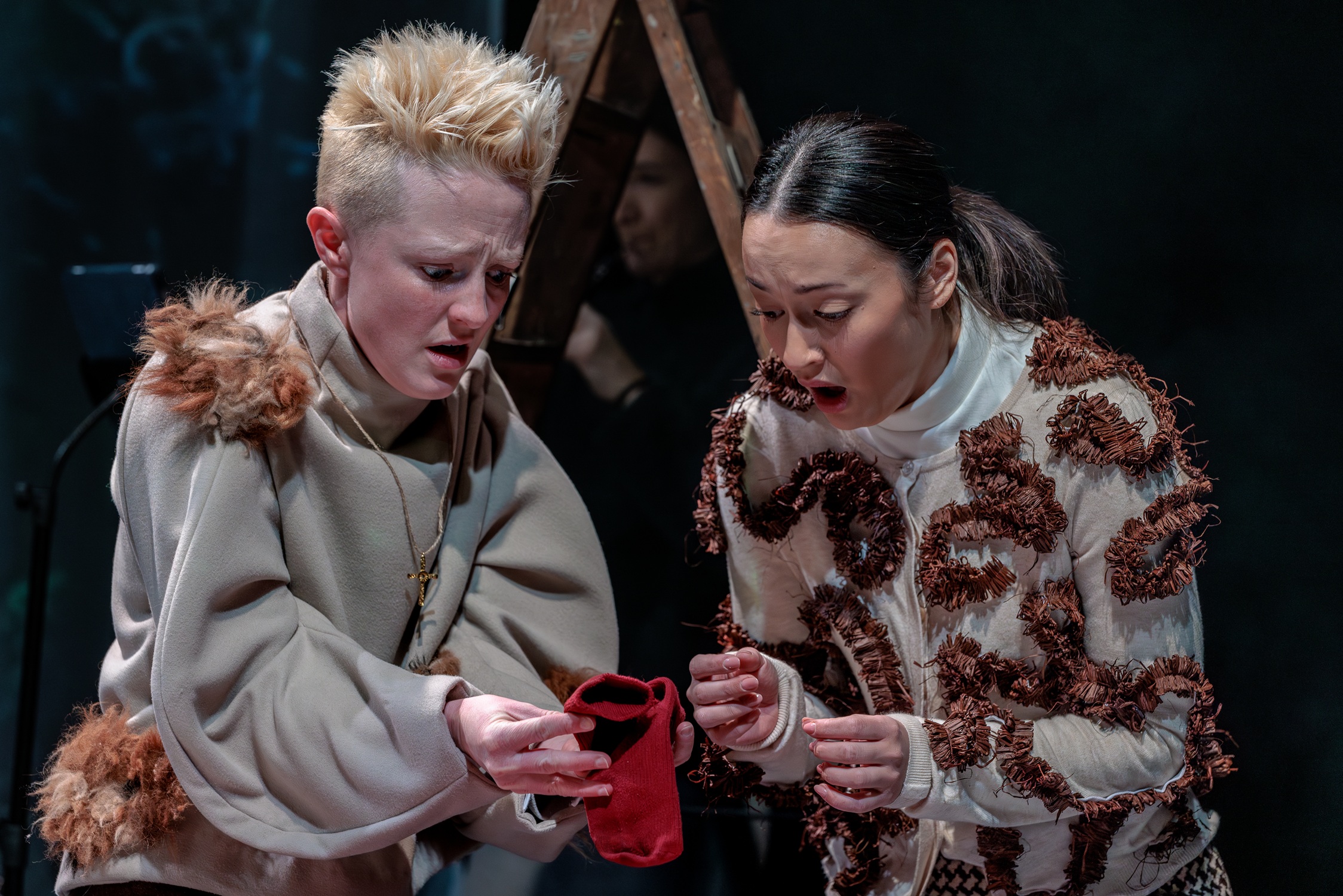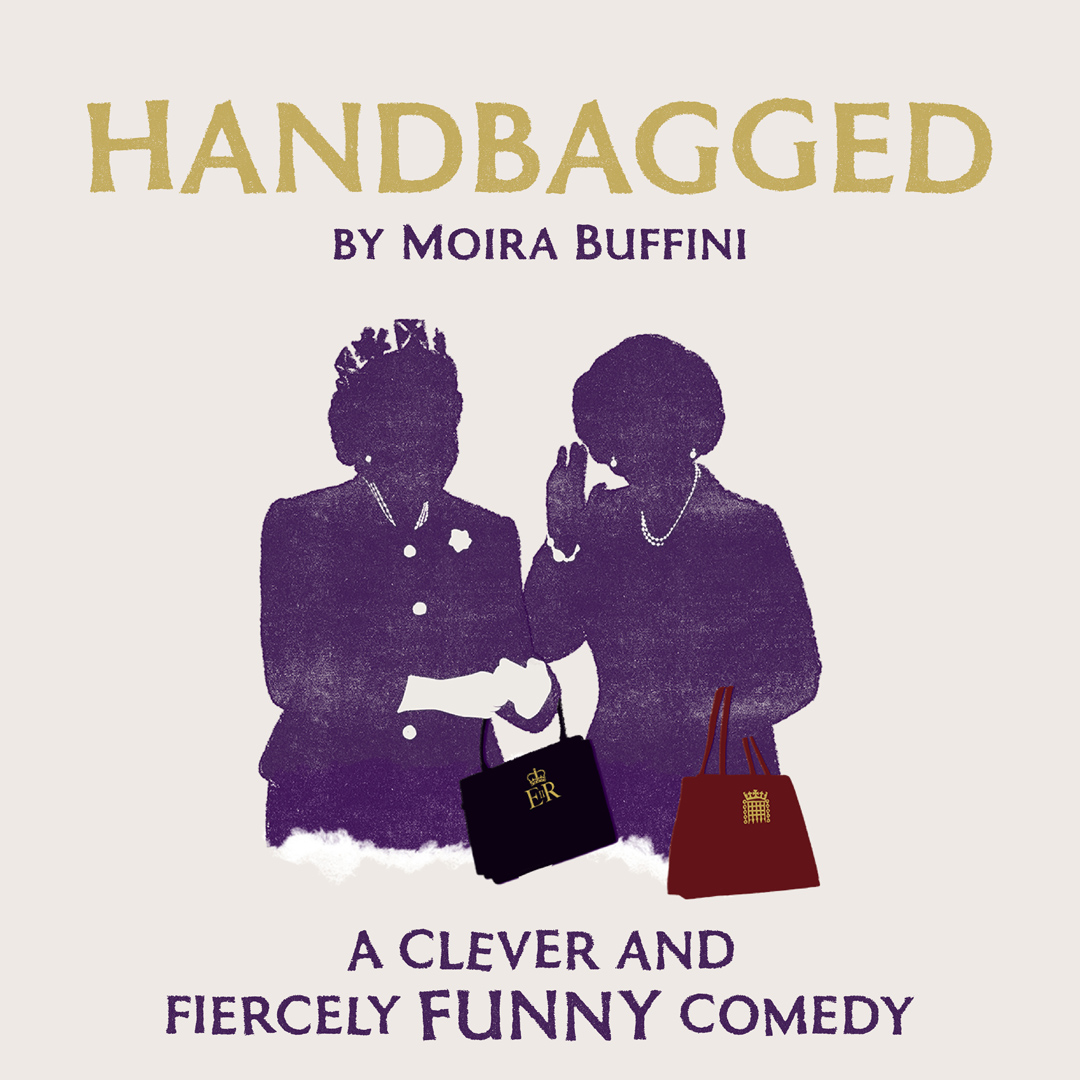
Crime Drama [Infographic]
3 min read
Share
Crime dramas are an incredibly popular form of entertainment – enjoyed on stage, in literature, and in tv and film. The unexpected twists and turns of a crime drama have seen various adaptations and storylines brought to life over the years, from the most eponymous characters in crime fiction to the more modern detectives and inspectors. In this guide, we explore this genre and give you some insight into the winning formulas behind some of our most loved crime dramas.
Have you ever thought about how you could create your own crime drama? It’s easier than you might think – crime dramas follow patterns, just take a look!

Features of a crime drama
You may not know it, but, there are some fundamental ingredients for creating a successful crime drama. Whether on stage or on screen, below you will find the twists and turns that create suspense and thrill in all engaging crime dramas.
The crime
Firstly, there is the crime itself. This could be murder, kidnapping, robbery, assault or something more calculated such as fraud. Regardless of the type of crime, the crimes are always committed early on in the drama. This then sets the scene for the rest of the play, book, programme, film or series, as the ‘whodunnit’ unfolds.
We often meet our protagonists early on, too. This will likely include the chief detective inspector assigned to the case, potential suspects as well as friends and family of the victim(s). These additional characters allow the audience to get to know the victim, as they often share vital insight into their past, their relationships and their backstory which can often help us to deduce why somebody may have committed the crime in the first place. As the story builds and the plot thickens, we begin to draw our own assumptions and conclusions in line with the investigation unfolding before us.
This brings us on nicely to a key element to any successful crime drama; plot devices.
Crime Drama Plot Devices
Personal drama
Usually, the central characters may have their own subplots going on to give the story extra weight and suspense. This may be an issue at work, their relationships or perhaps an underlying personal issue only the audience are aware of. These subplots are vital in helping us understand the character we are reading about or watching; the more characterisation, the more believable and real the story becomes. This engages us and encourages us to keep following the storyline.
Mysteries or Enigmas
These are further subplot devices to further intrigue and interest the audience. After all, the more perplexed the events which unfold, the more determined we are to solve them ourselves before anybody else does. This is part of the thrill of crime dramas; how involved audiences can feel, as we, too, learn and take in new information alongside the detectives working on the case. The story builds, the confusion grows, and so we are hooked on getting to the bottom of the mystery.
Red Herrings
Red Herrings are another popular plot device in crime dramas. Deliberately used to distract us from the true suspect, red herrings often throw us off and the detective too. Intended to lead us to false conclusions they are cleverly used in crime dramas to build suspense and give weight to a plot twist we don’t foresee coming, which usually falls into place just as the audience believe they’ve worked it out.
Suspense
The above combined work together to build the suspense of the events unfolding. Add to that dramatic scenes of crimes being committed, close calls or violence, and the audience will find themselves entranced andon edge. This feeling of suspense is achieved in crime dramas more than any other type of storyline and depending on the depth of the investigation and what is at stake, crime dramas can leave the audience desperate to find out the next piece of vital information.
Crime dramas also focus on hero characters, people who commit, investigate, or punish crimes like homicide, robbery and assault.
Crime drama locations
At the scene of the crime
An obvious location for crime dramas is the scene of the crime. We may find ourselves following the detective’s footsteps as they take in the scene, or we may watch the crime scene unfolding. In some cases, the location is central to the plot, with hidden meaning and relevance that eventually is uncovered as the plot develops. One famous detective known for taking in a crime scene with utmost accuracy is Sherlock Holmes, as his skill set allows him to see the invisible, providing him with the foundations to begin his search. Another one of the world’s most favoured detectives is Agatha Christie, who often place characters such as Poirot in a setting where the scene of the crime (a house, or a train) becomes the setting for the remainder of the story, with a classic ‘murder mystery’ evolving, as all the present characters are questioned until the true killer is revealed.
On the road
An emerging trend in more present-day crime dramas is to have various scenes, conversations, and deduction takes place on the road.
At the station/detective’s office
Often, as the plot thickens and the crime is close to being solved, important discussions and leads will come to light at the police station or in the detective’s office. Depending on the nature of the story, this location can give a lot of insight into characters’ personal lives, particularly if their personal office becomes a key location.
Forensic labs
For some revelations, its back to the labs as the crime drama reminds us of how fact and science can also help to crack a case. Finding the murder weapon and establishing the cause of death can be vital to uncovering the truth, and the post-mortem can often hold all of the answers.
Courts of Law
Occasionally, we see the plot lead us to the trial and the conviction of the suspect. These scenes can hold intrigue and revelation keeping the viewer in bated breath for the verdict.
The Main Characters in a Crime Drama
- The Victim – Sympathetic and often innocent.
- The Hero- A character of relative integrity from a police force: the crime solvers.
- The Villain – Typically, a criminal who tries to stop the hero in their quest.
Who is Your Crime Solver?
- The Brilliant Genius – Everything comes easy – they are true geniuses.
- The Grumpy Detective – Often world-weary, they seem to have the weight of the world on their shoulders.
- The Crooked Police Officer – He will do what needs to be done, for a price.
- The Troubled Police Officer – Troubled past makes for a troubled day-to-day life.
- The Anti-Hero Police Officer – Could have easily chosen a life of crime, but does good in the police force.
- The Hero – Good, moral, courageous. A hero has it all.
- The Heroine – Outstanding, courageous, and noble. A heroine always saves the day.
- The Rookie – Doesn’t have a lot of experience but they sure are eager to learn.
- The Sidekick – They’re important, honestly. Even the main character needs help.
- The Eponymous Hero – So important that the show is named after them.
You can find out more about your favourite dramas and how they appear on stage by reading Blackpool Grand Theatre’s blog. Discover more about Blackpool Grand Theatre’s upcoming shows here. Learn how you can support the Grand here.






















